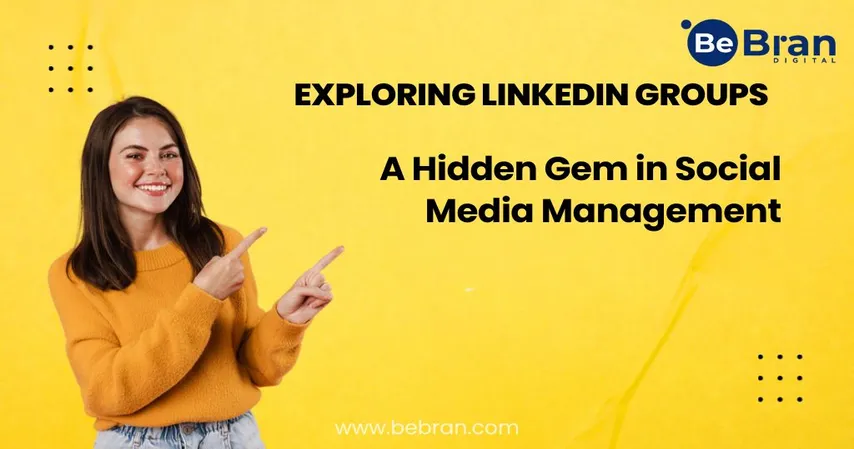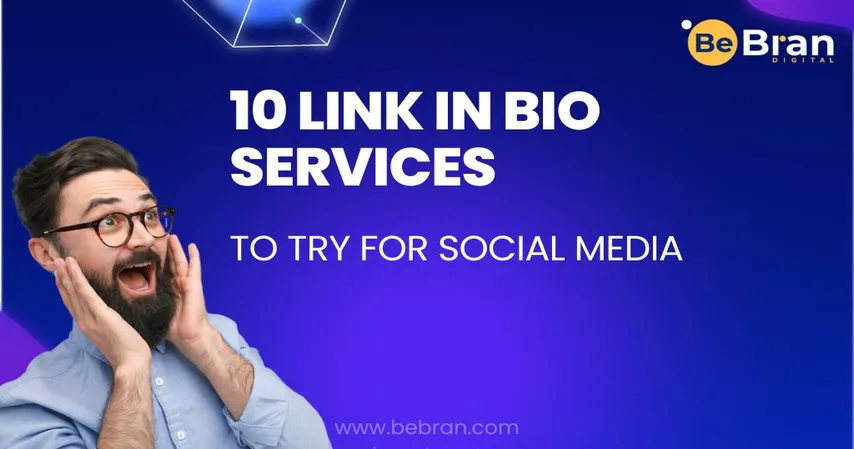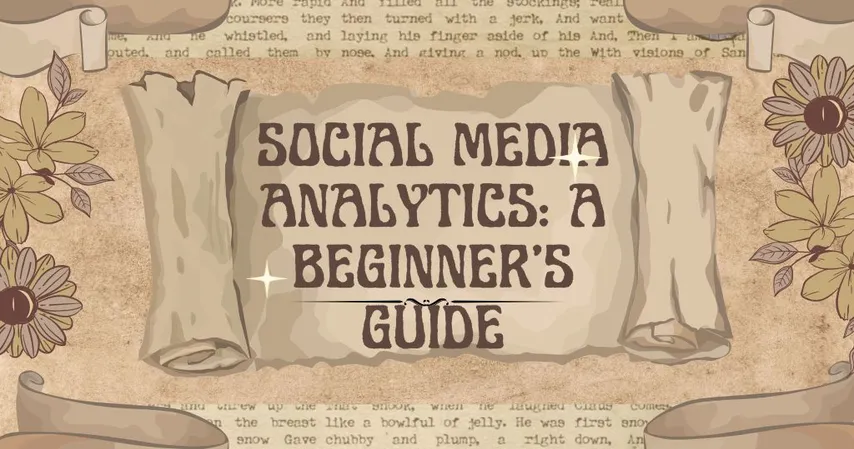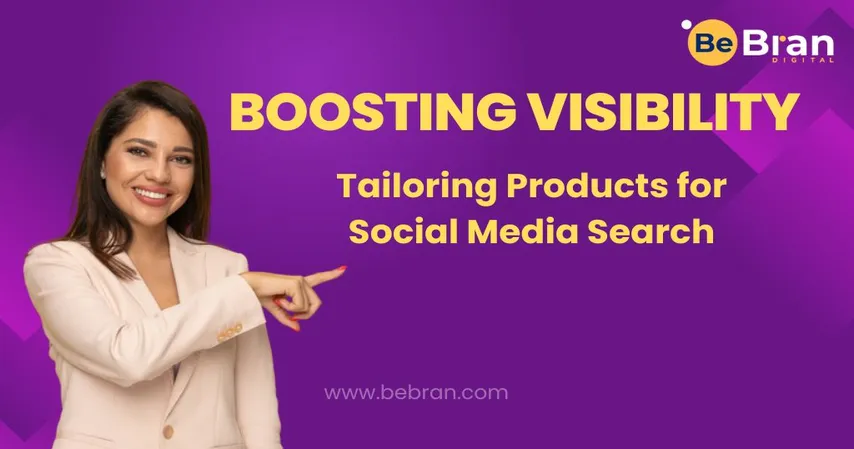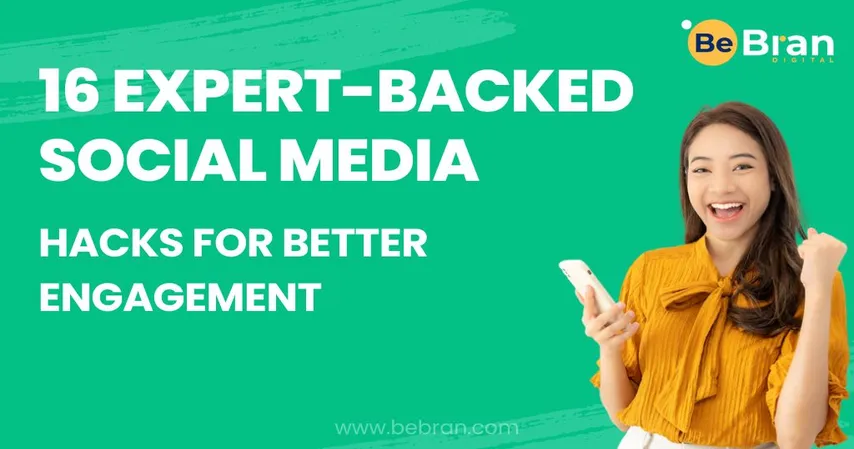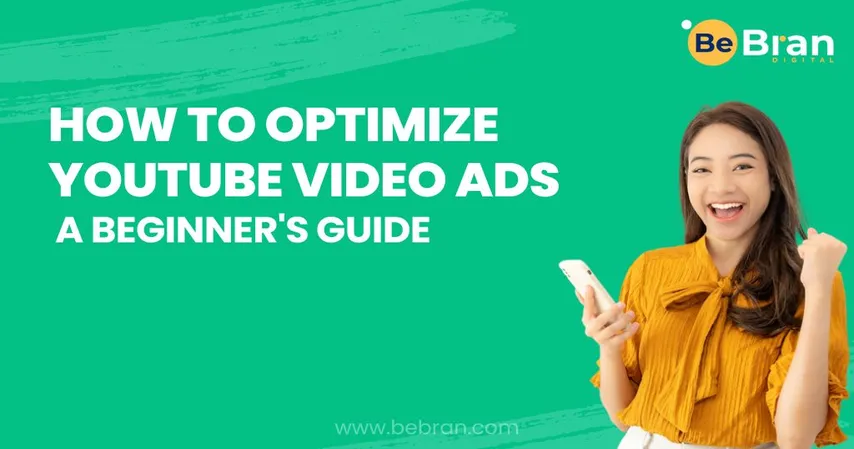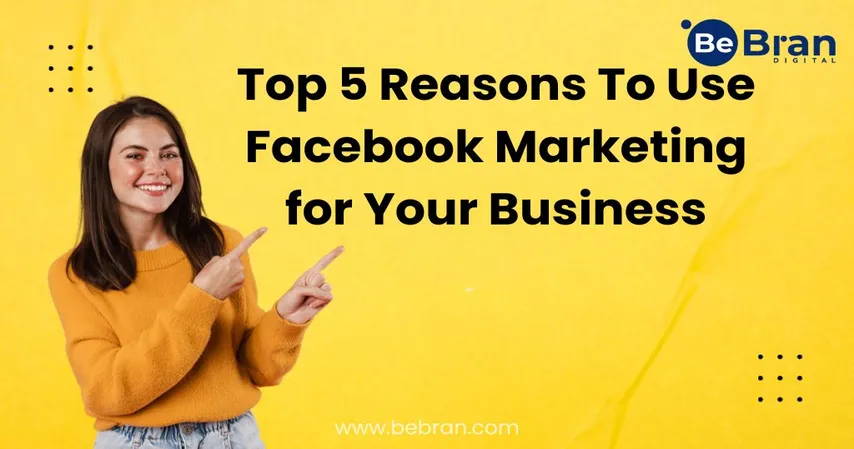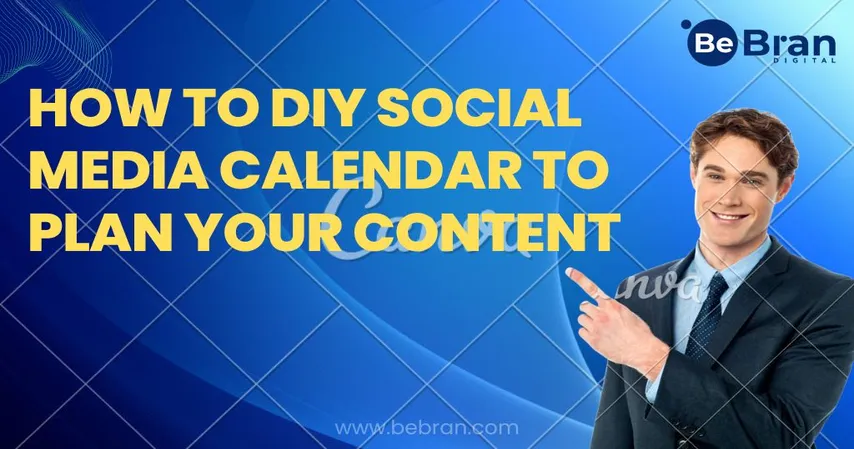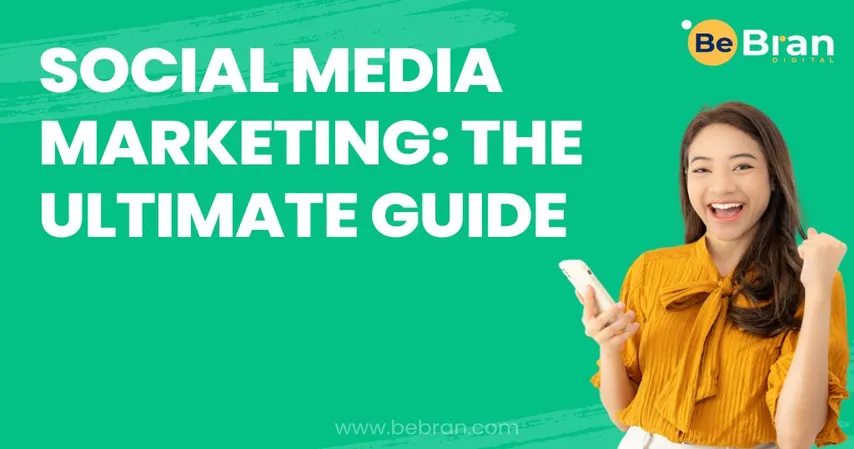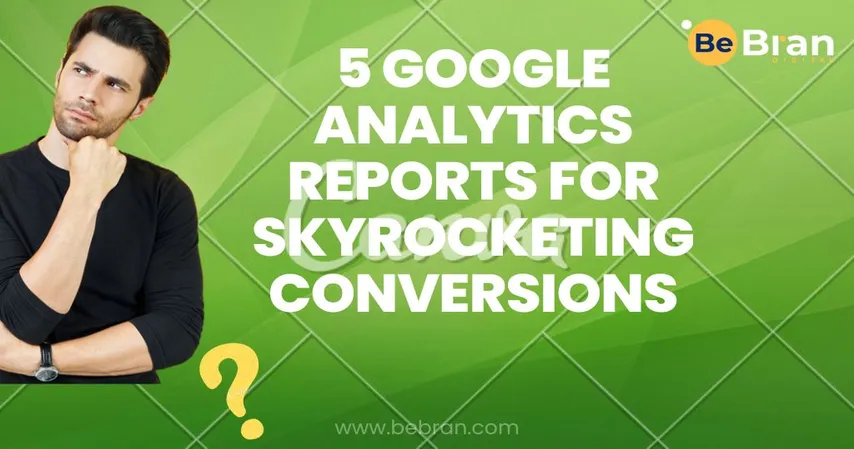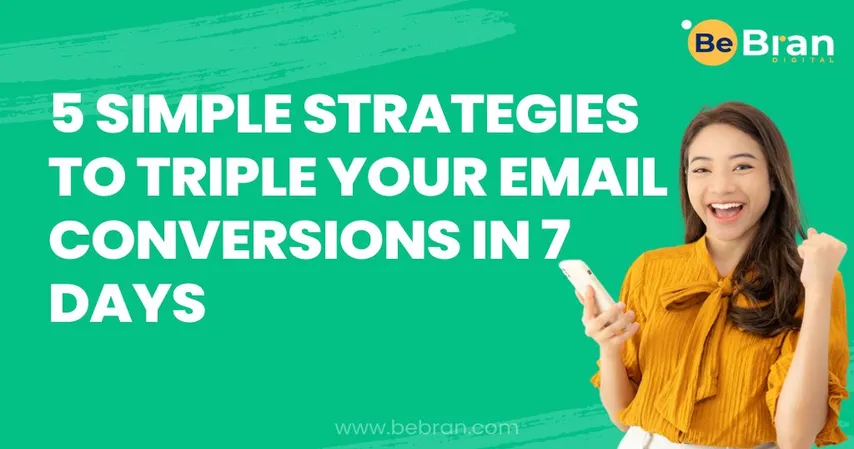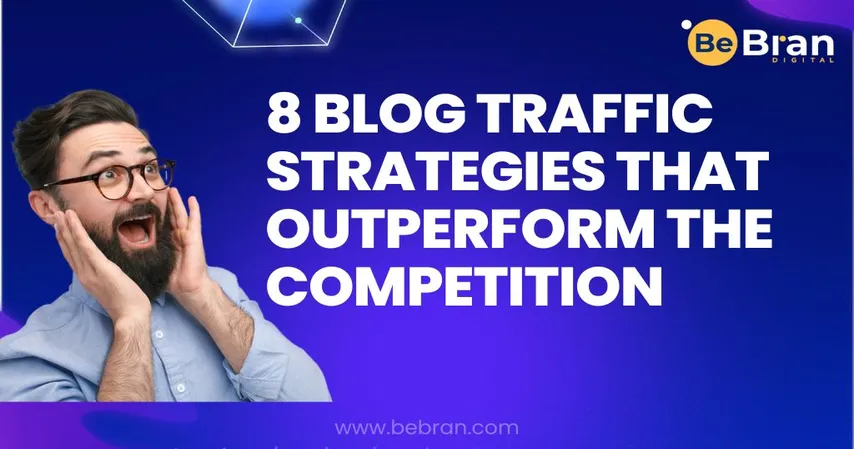Mastering Facebook advertising requires proficiency in the various ad types and formats available on the platform. Each type has its unique strengths and applications, allowing advertisers to craft tailored campaigns. Here, we explore some of the most prominent ad types:
- Image Ads: These are the most straightforward ads, consisting of a single image with a caption and link. They are versatile and can be used for various objectives, from brand awareness to driving website traffic.
- Video Ads: Video content is engaging and can convey your message vividly. Facebook offers in-stream video ads, video carousel ads, and more, catering to different goals.
- Carousel Ads: These allow you to showcase multiple images or videos within a single ad unit. It's an excellent choice for telling a story or presenting a range of products.

4. Slideshow Ads: Ideal for advertisers with limited video resources, slideshow ads let you create dynamic presentations from images and add music or text overlays.
5. Collection Ads: Designed for mobile users, collection ads combine a cover image or video with several product images. They provide an immersive shopping experience.
6. Instant Experience (formerly Canvas) Ads: These mobile-optimized ads load instantly and offer an interactive, full-screen experience. They are perfect for showcasing products and engaging users.
7. Lead Generation Ads: If your goal is to capture leads, these ads simplify the process. Users can submit their contact information directly within the ad, making it convenient for both parties.
8. Dynamic Ads: For e-commerce businesses, dynamic ads automatically show users products they've previously viewed on your website, increasing the chances of conversion.
9. Messenger Ads: Leveraging Facebook Messenger, these ads enable direct conversations with potential customers, providing a personalized touch.
10. Story Ads: With the rise of Stories on Facebook and Instagram, story ads offer a creative and immersive way to engage users.
Choosing the right ad type depends on your campaign objectives, target audience, and creative assets. A strategic mix of these formats, aligned with your goals, can help you harness the full potential of Facebook advertising.







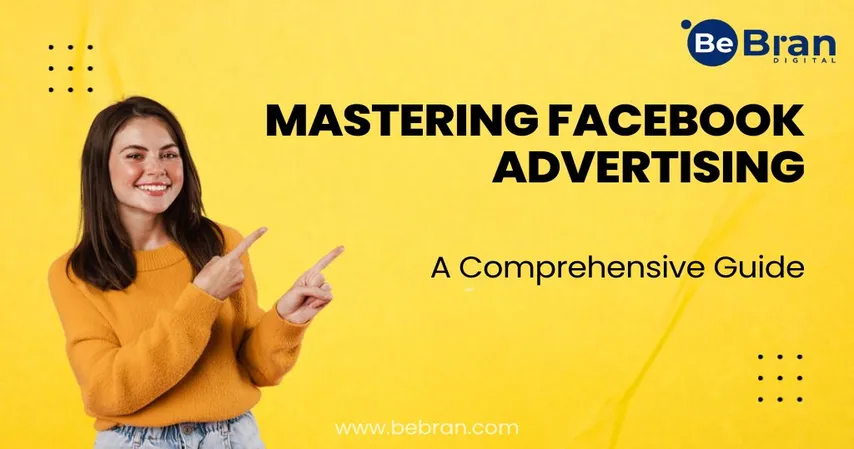




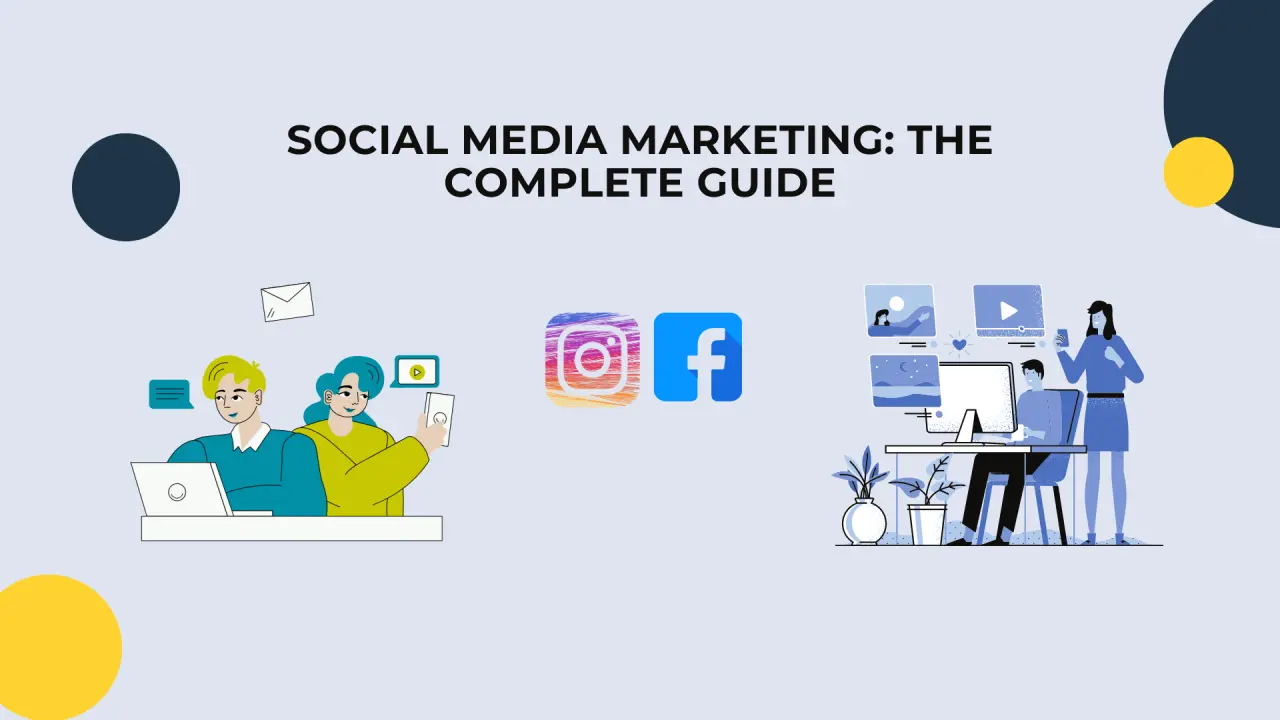


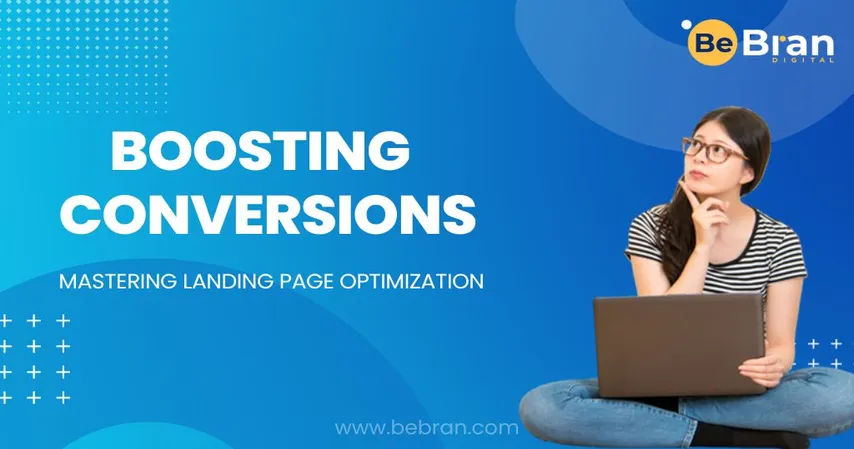



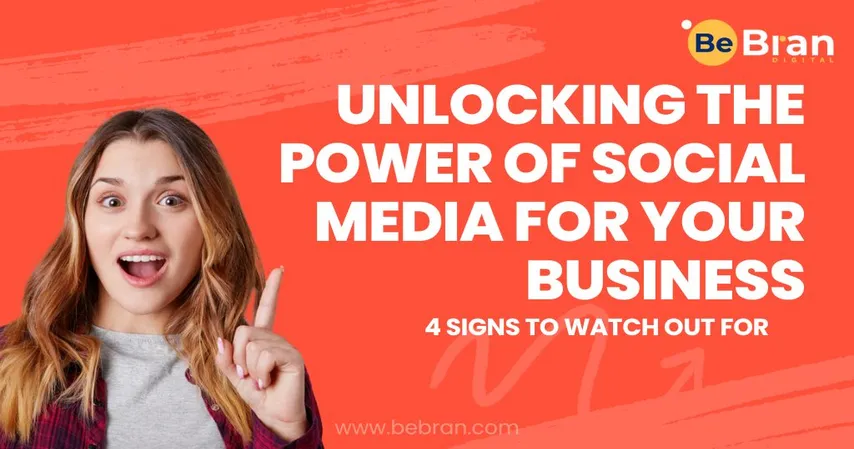

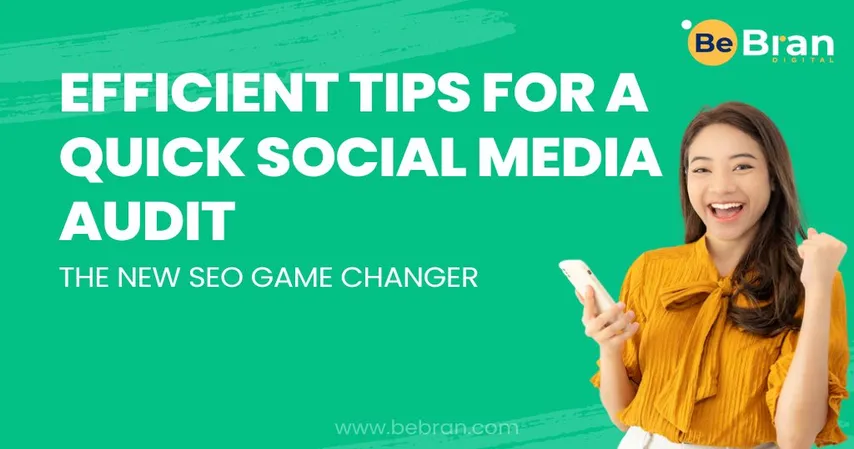



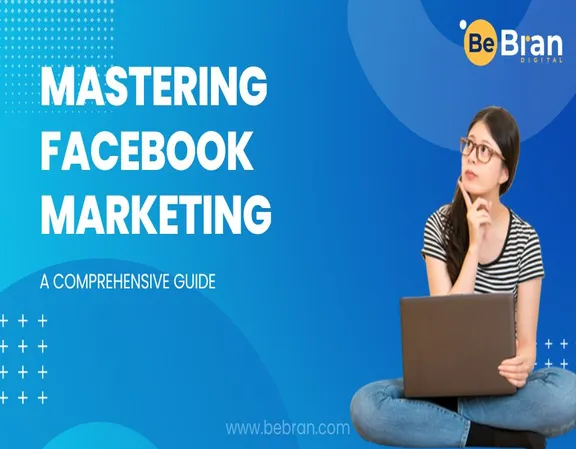


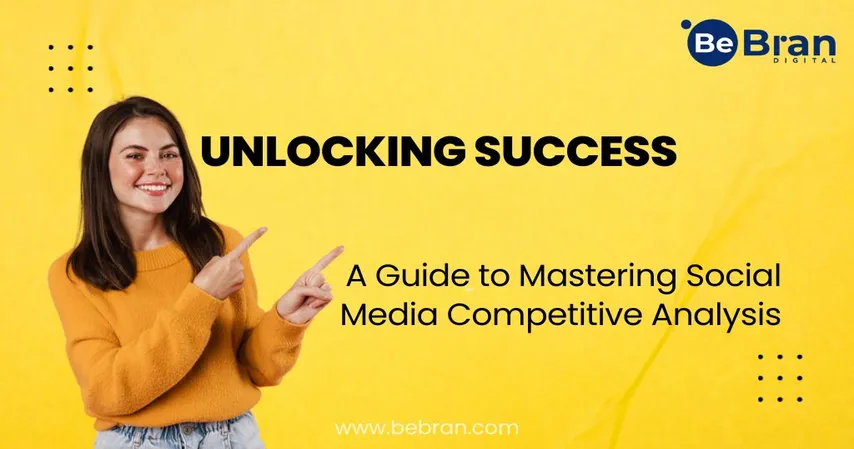





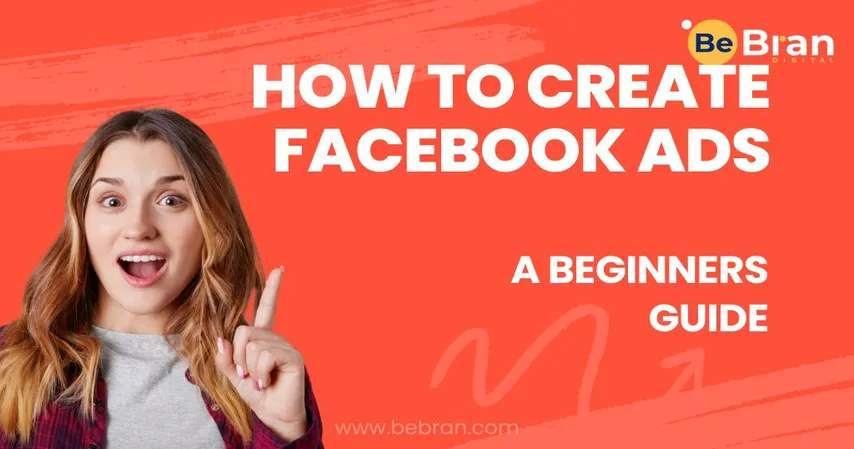

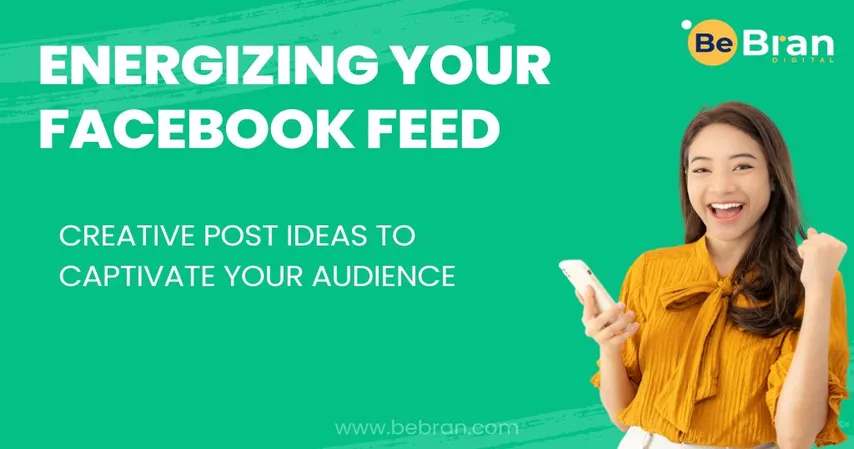



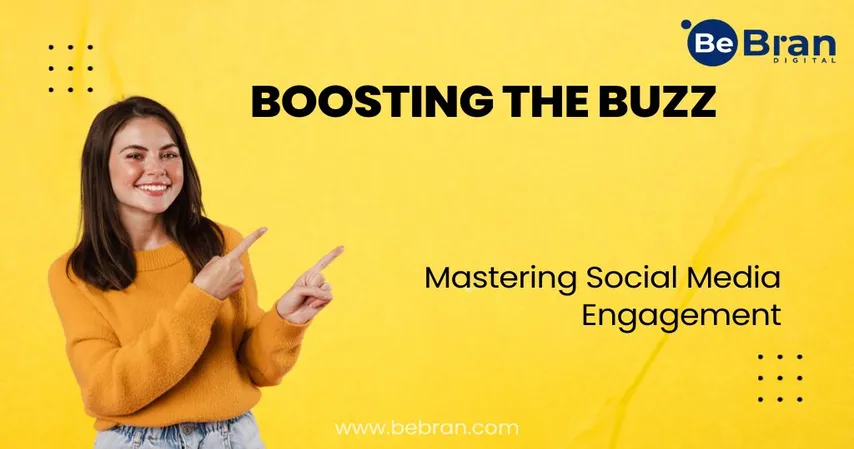

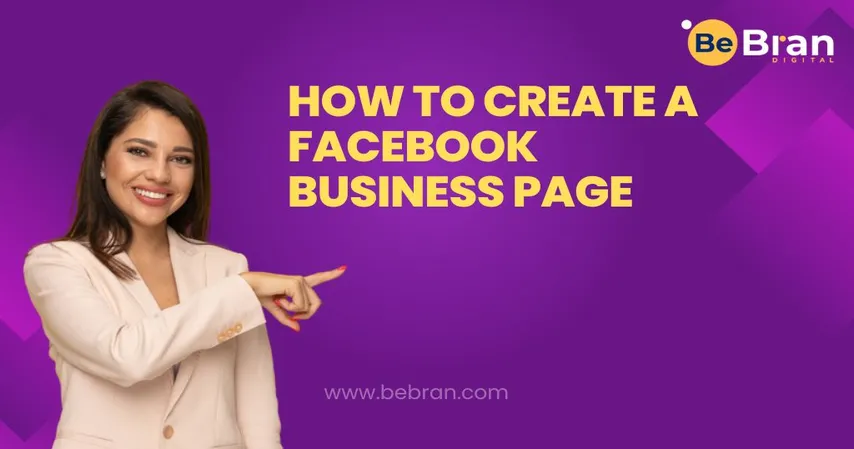





![1707475220 Bebran[1]](https://bebran.com/public/uploads/1709981262_1707475220_bebran[1].webp)




